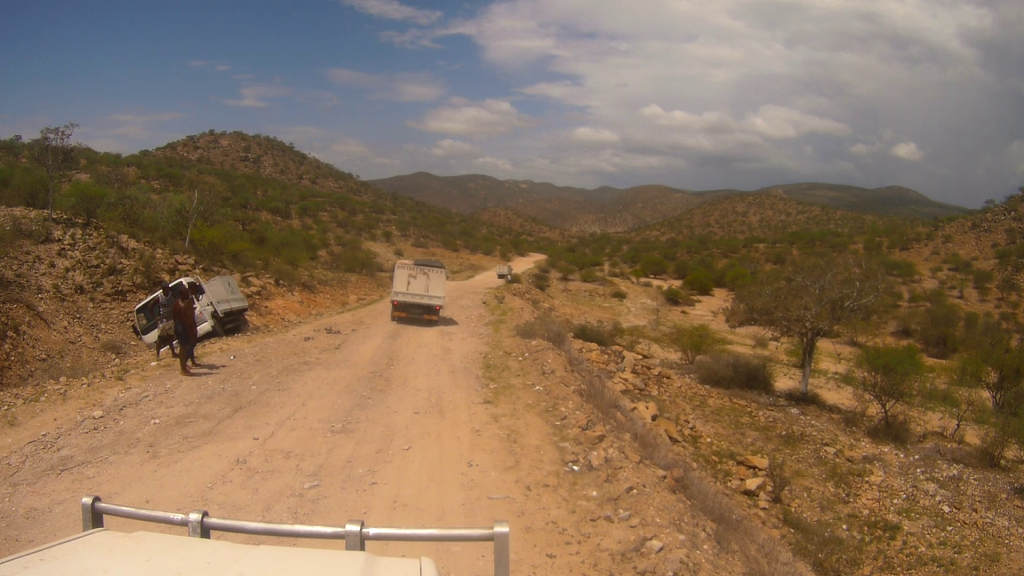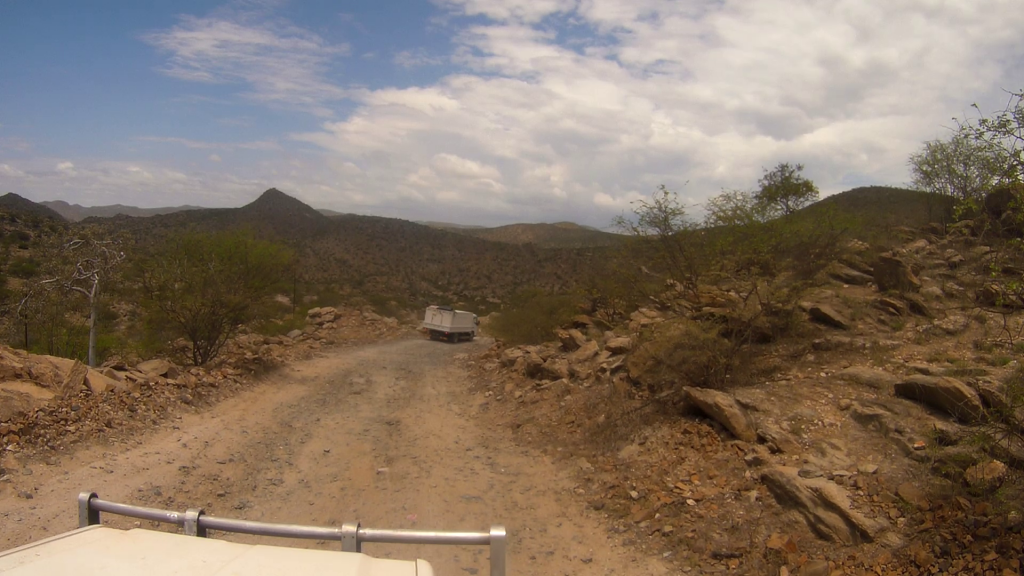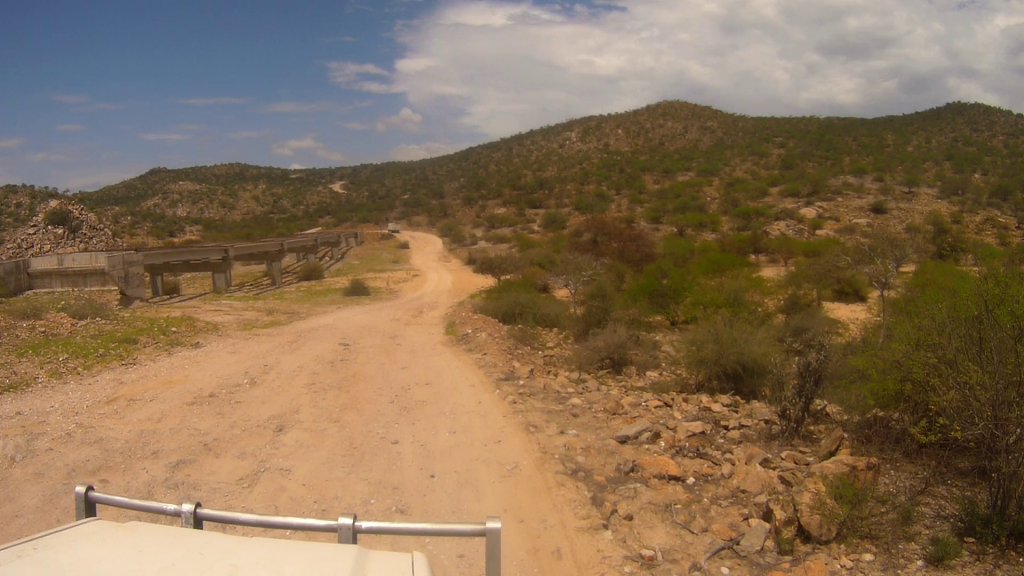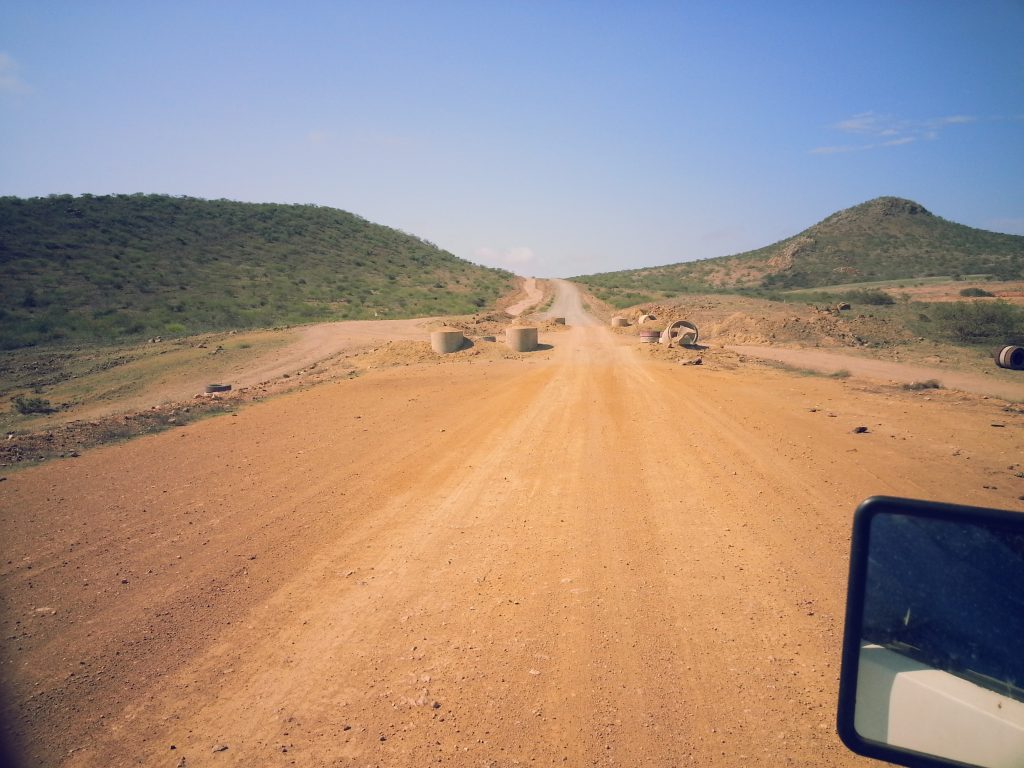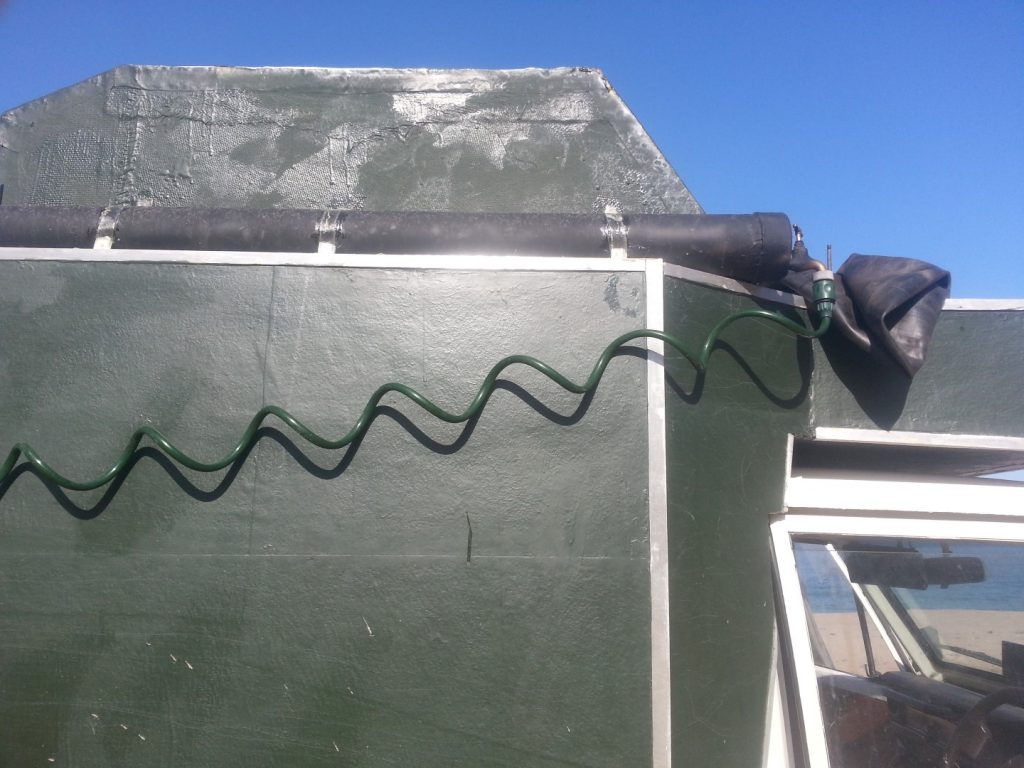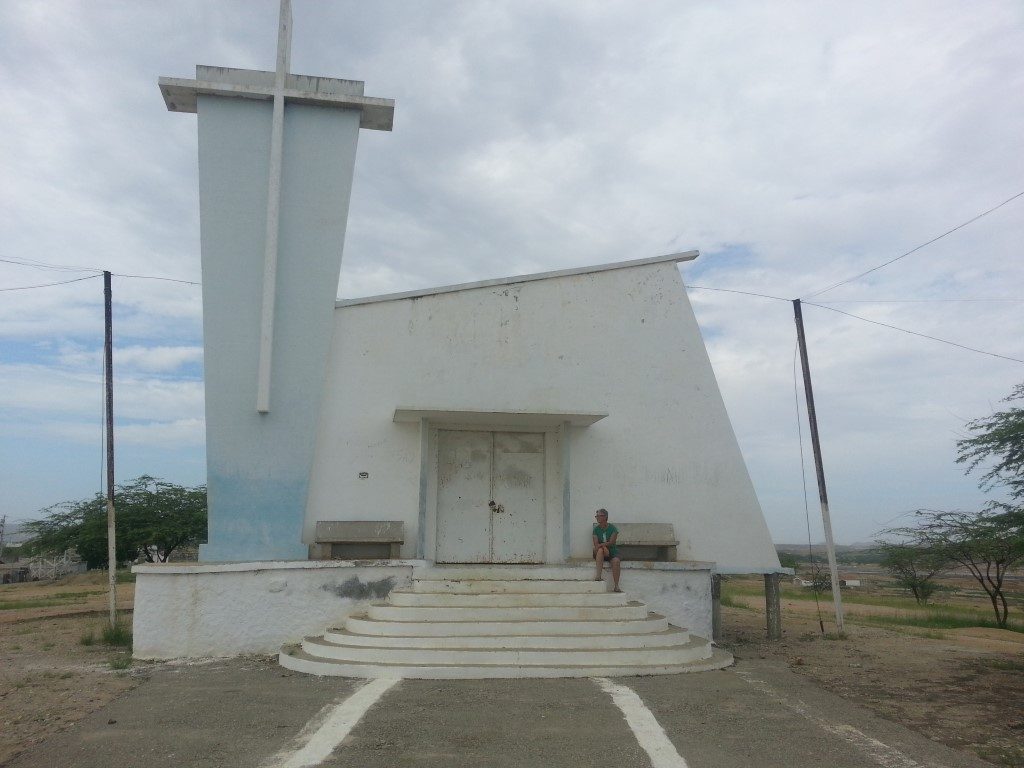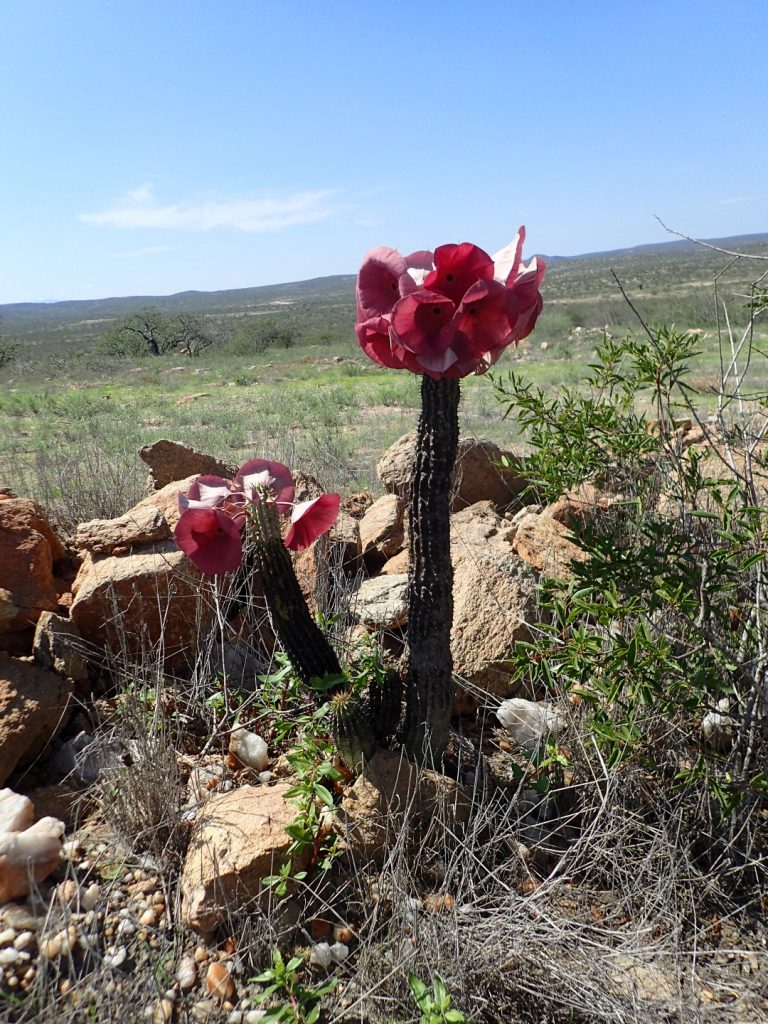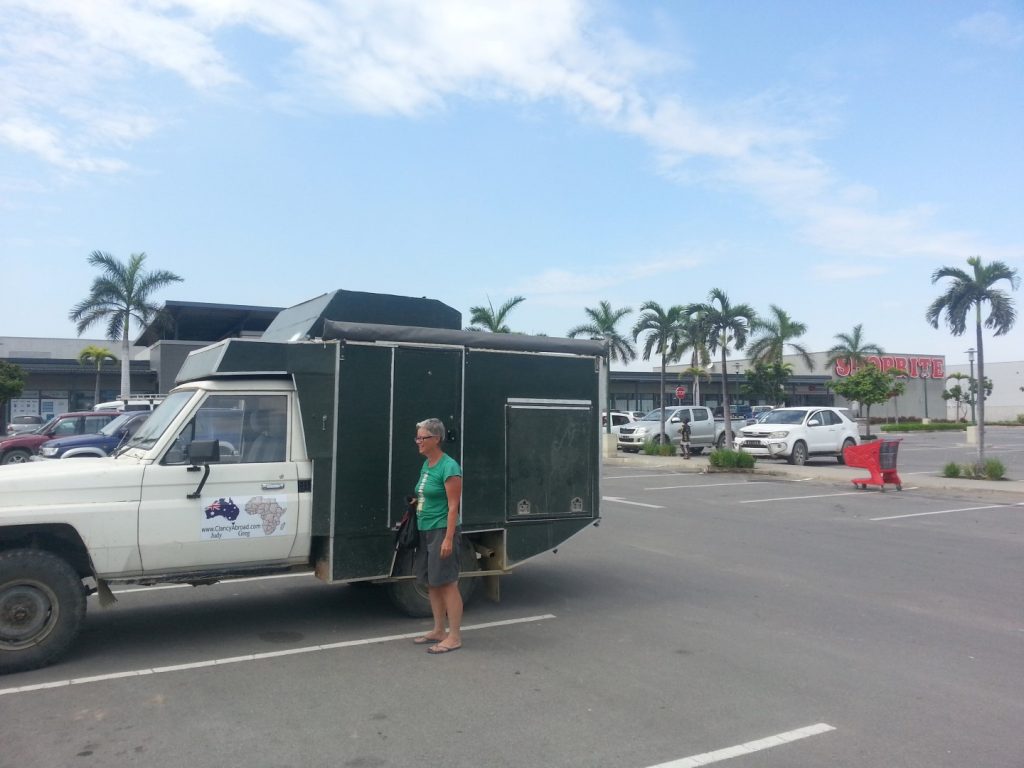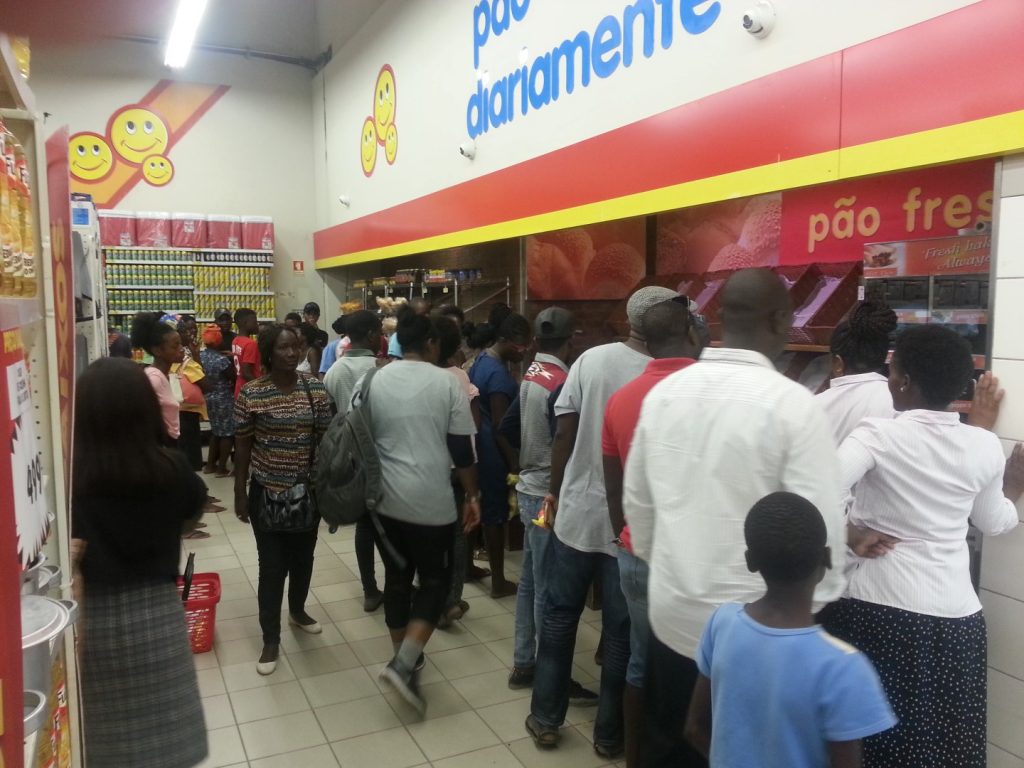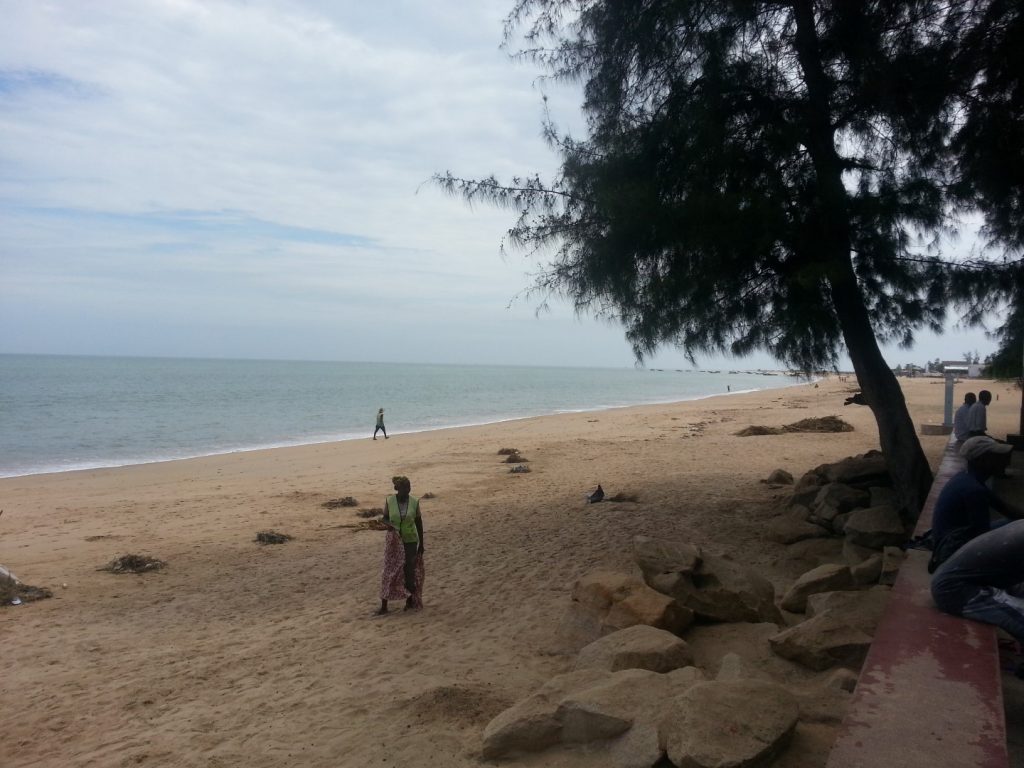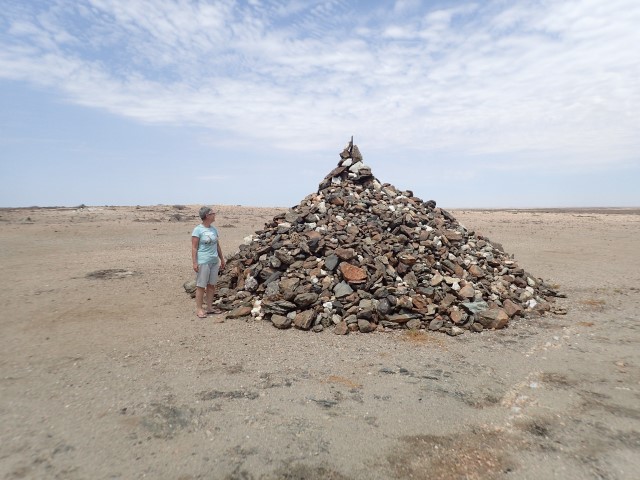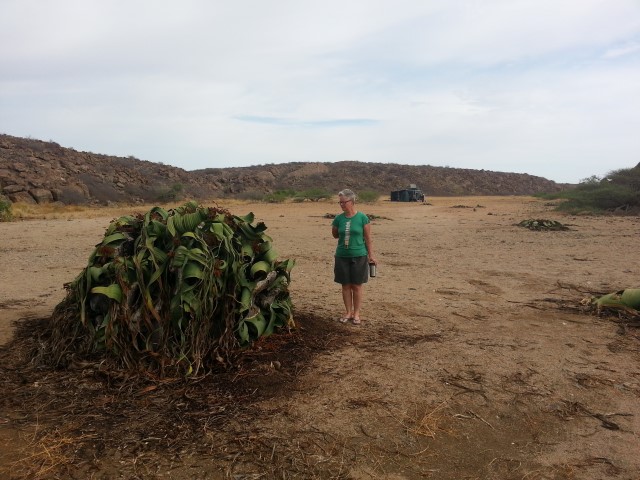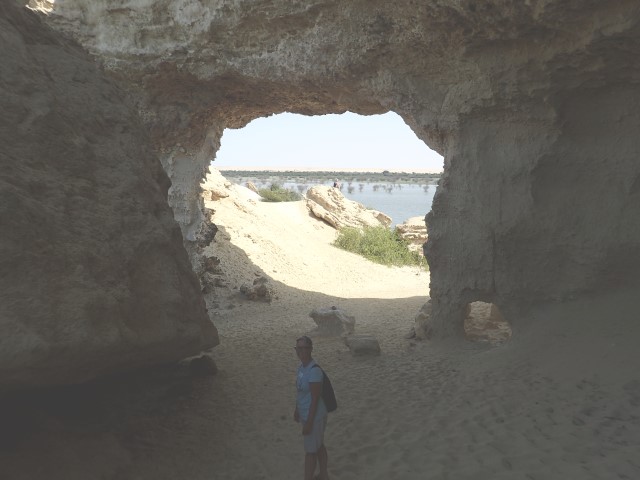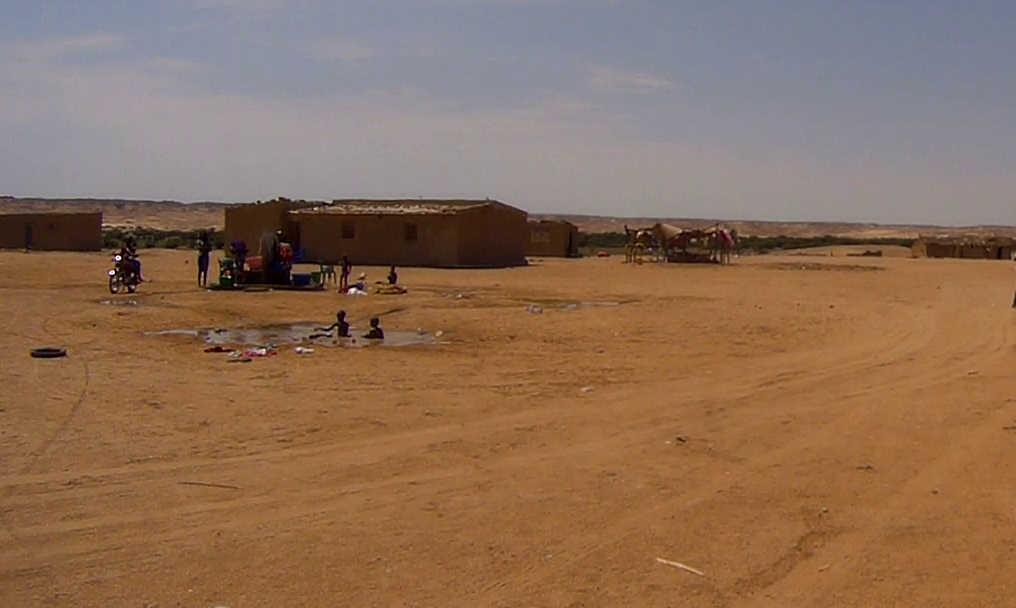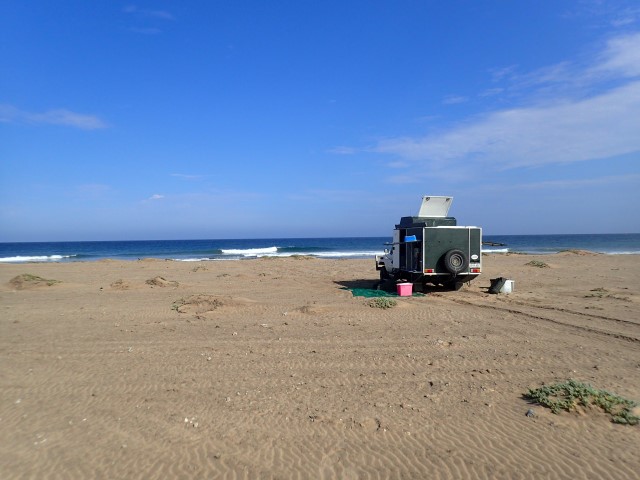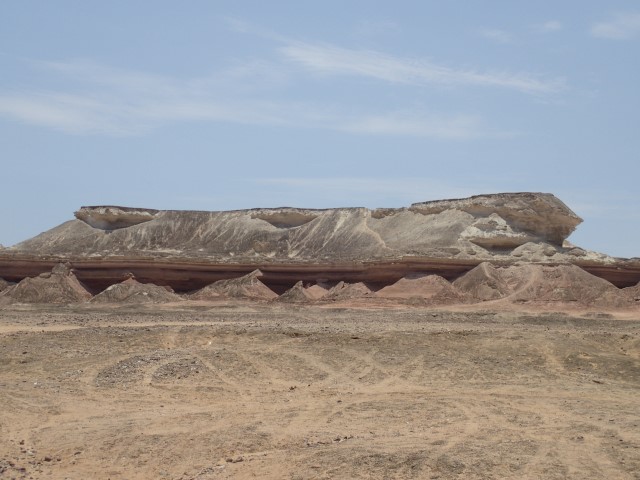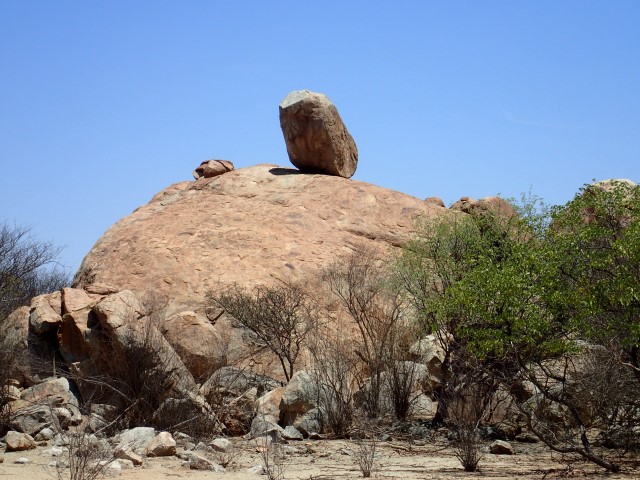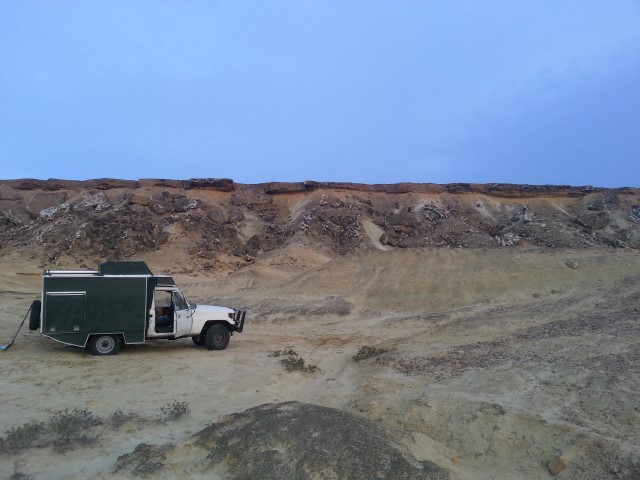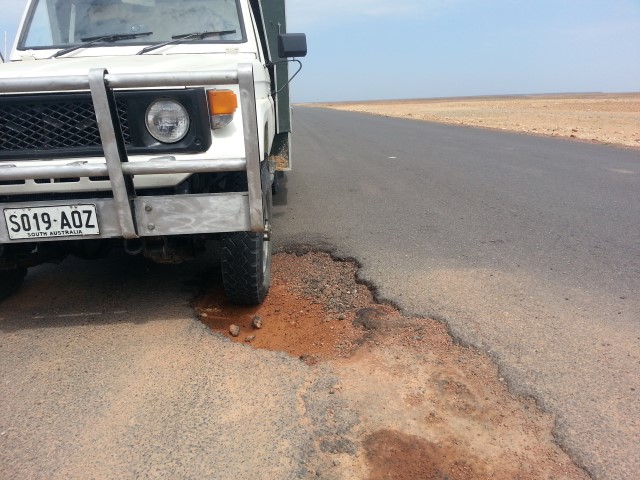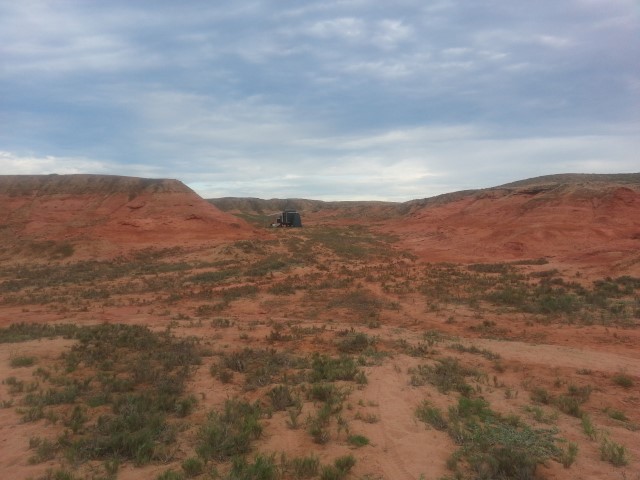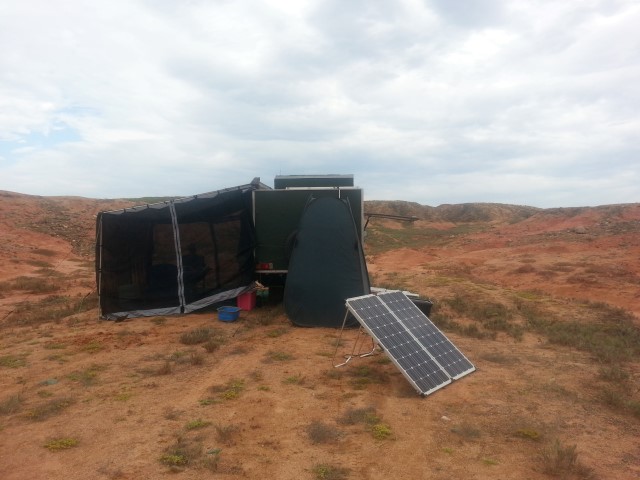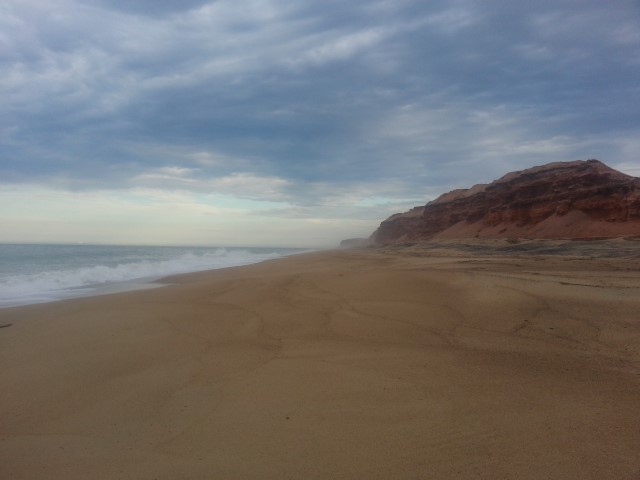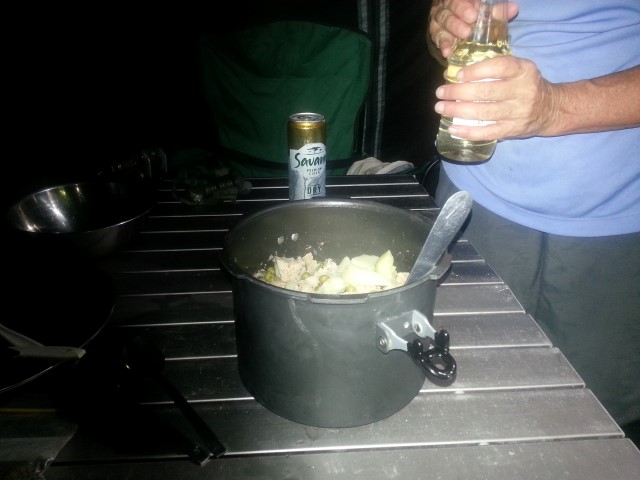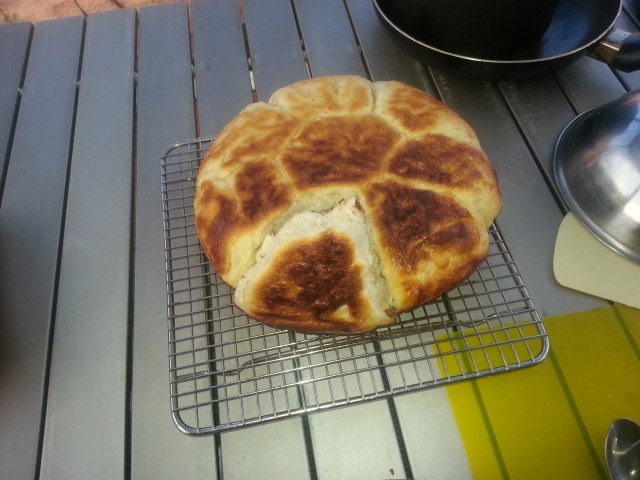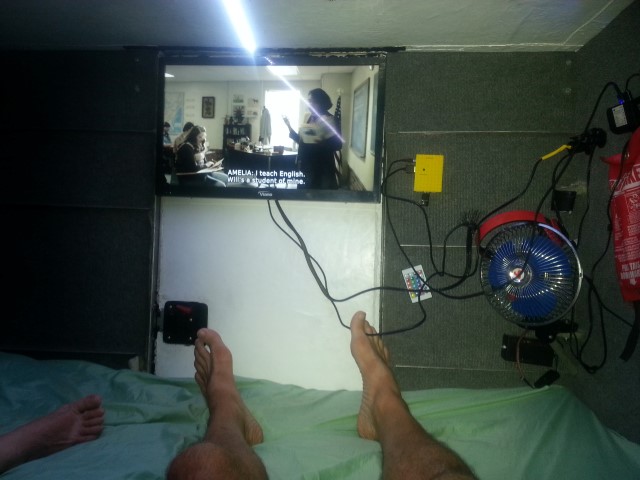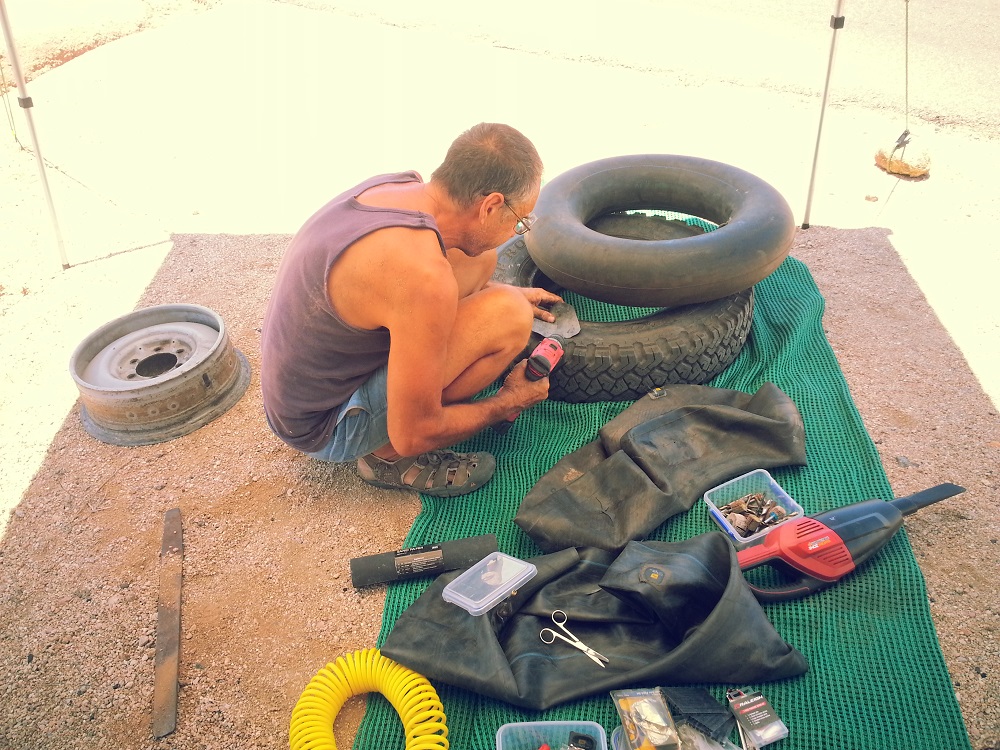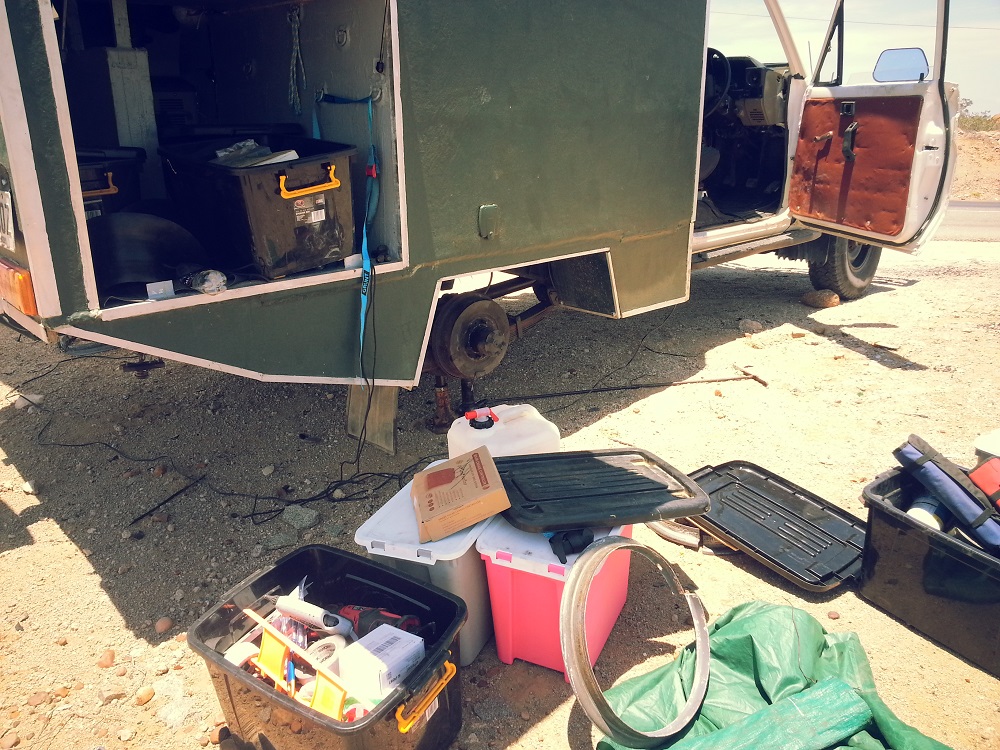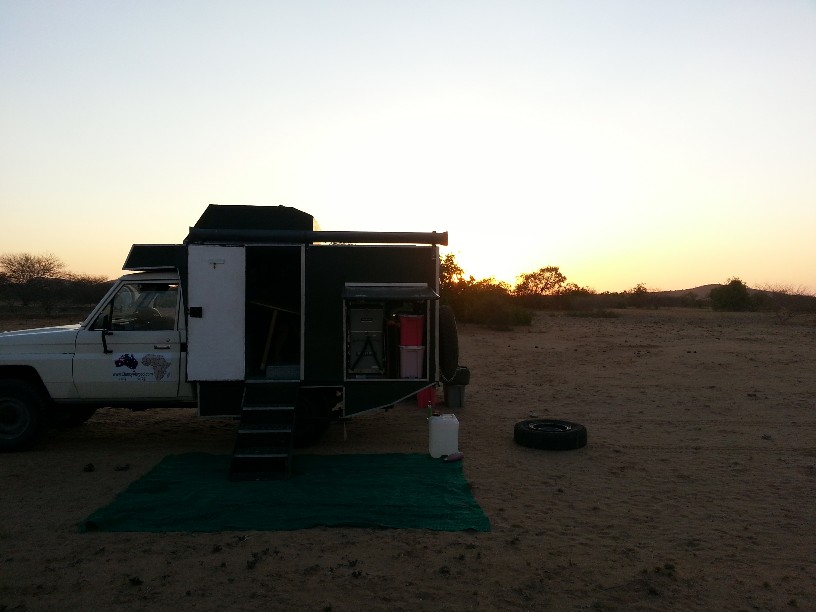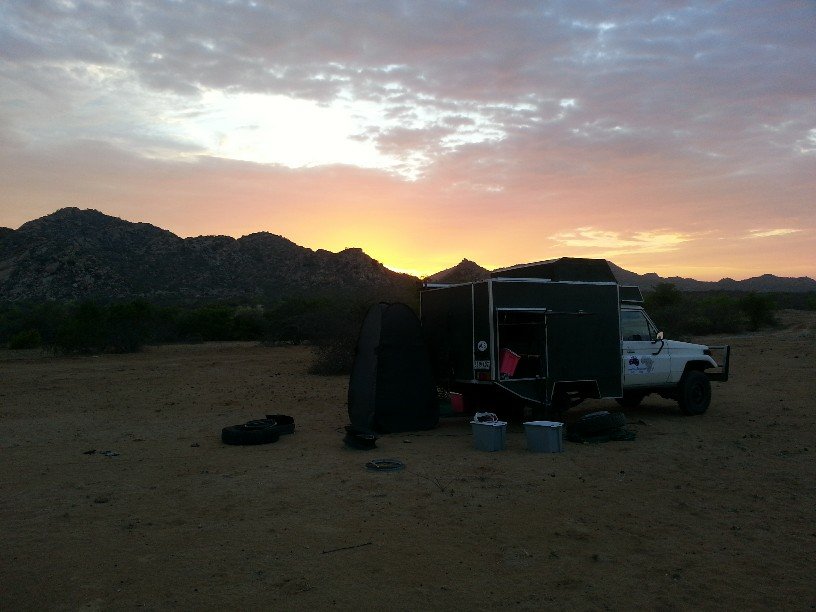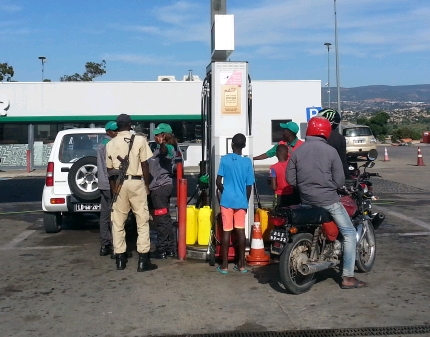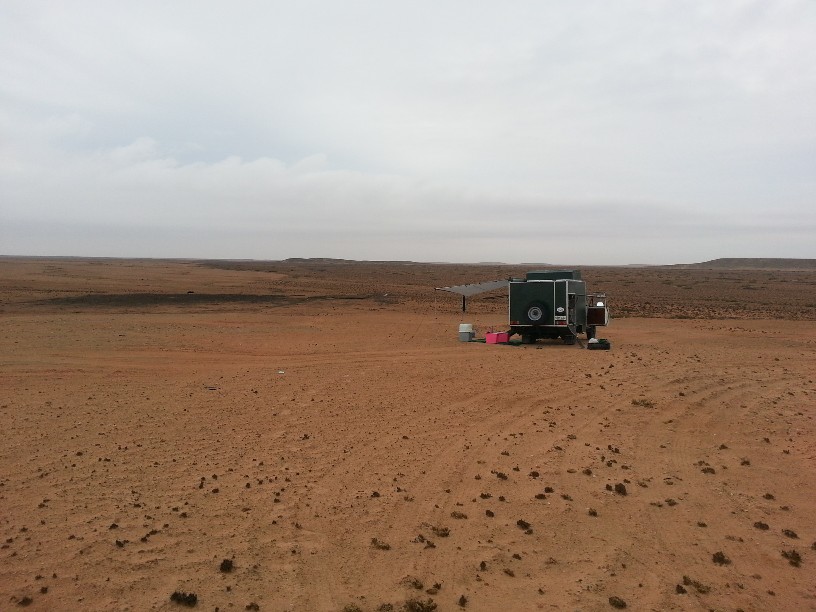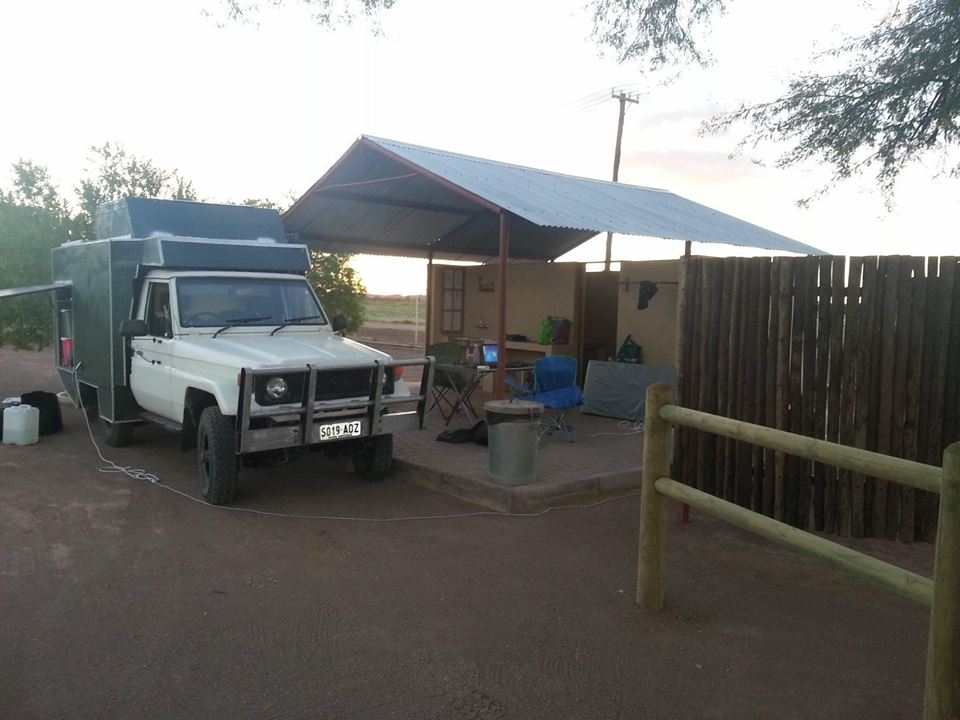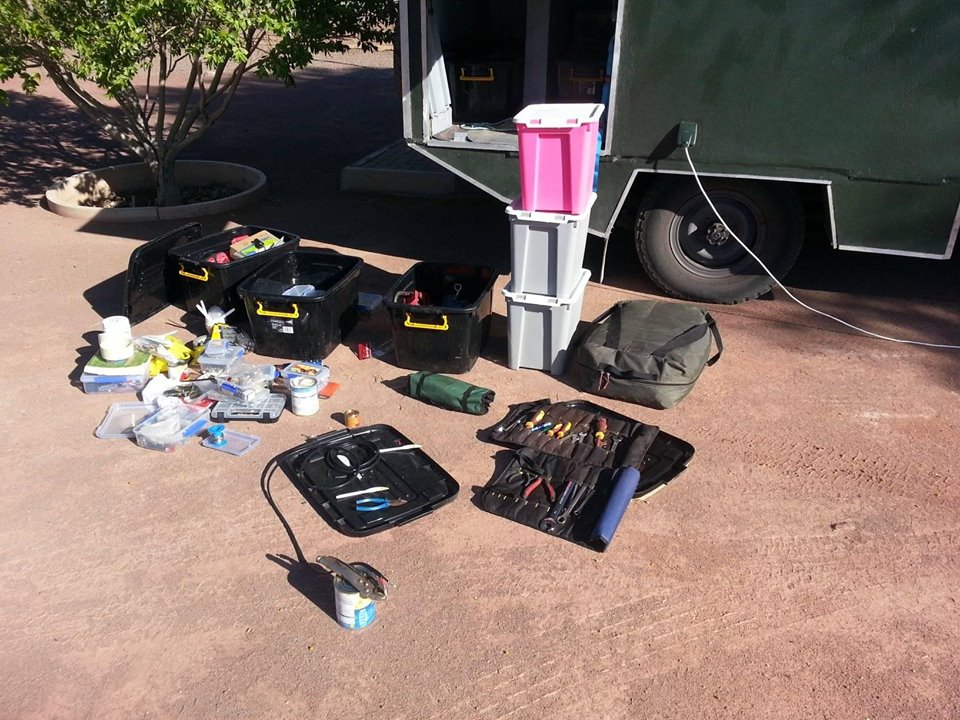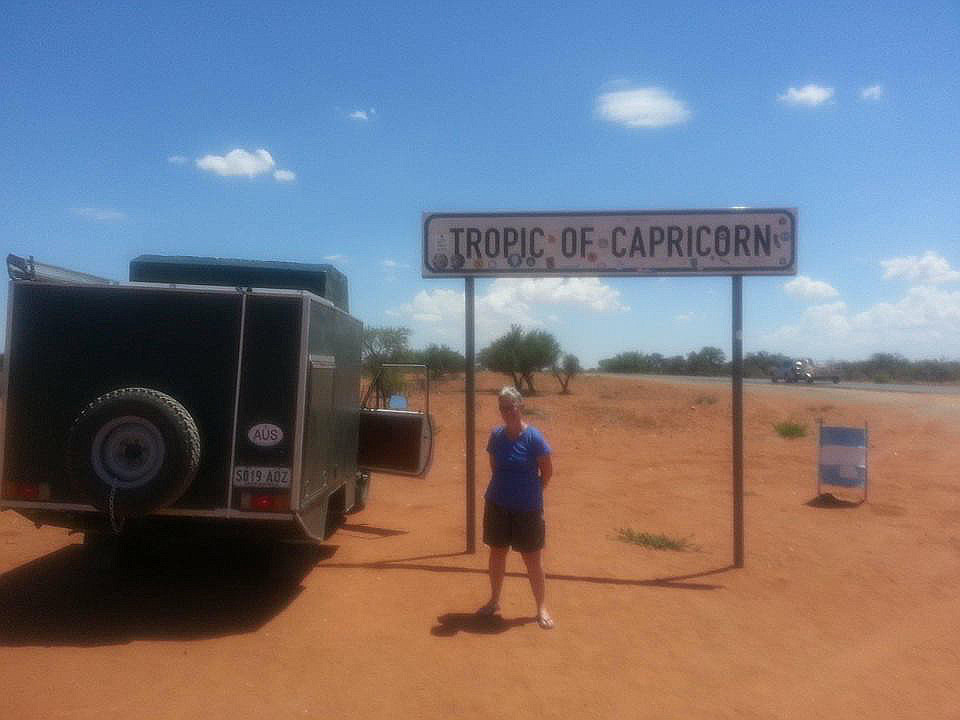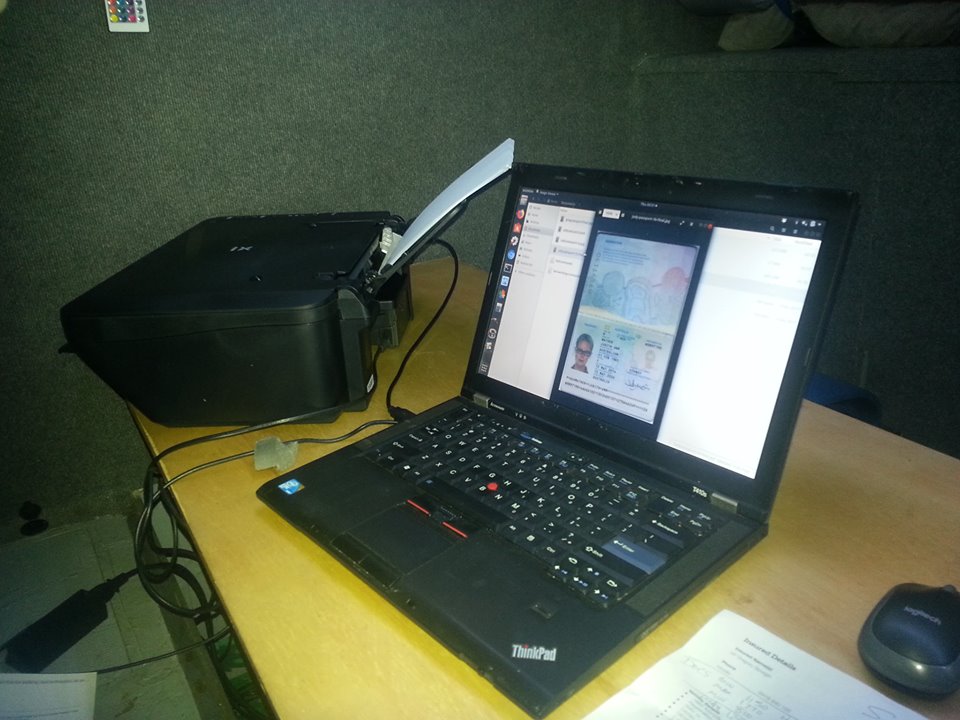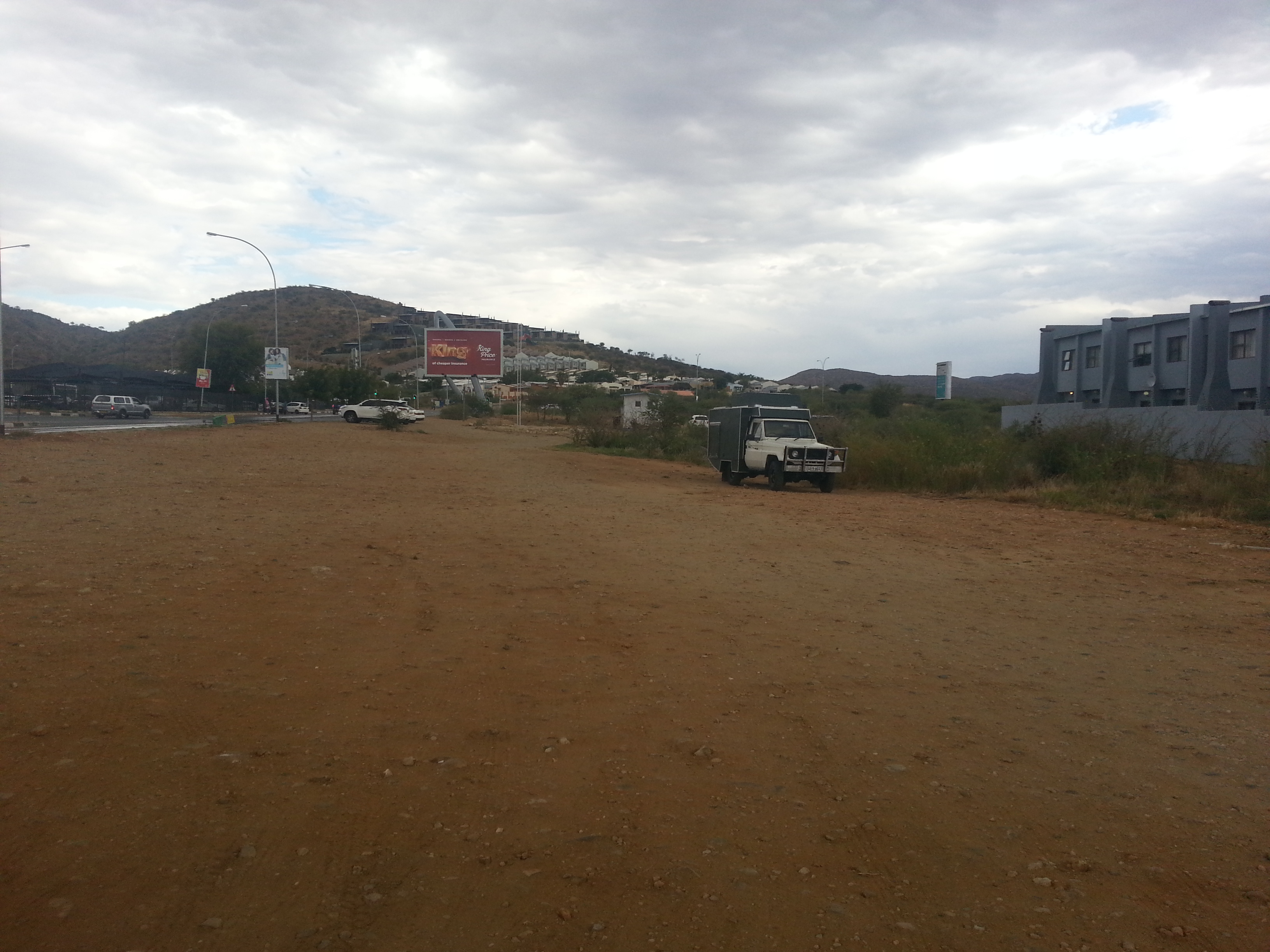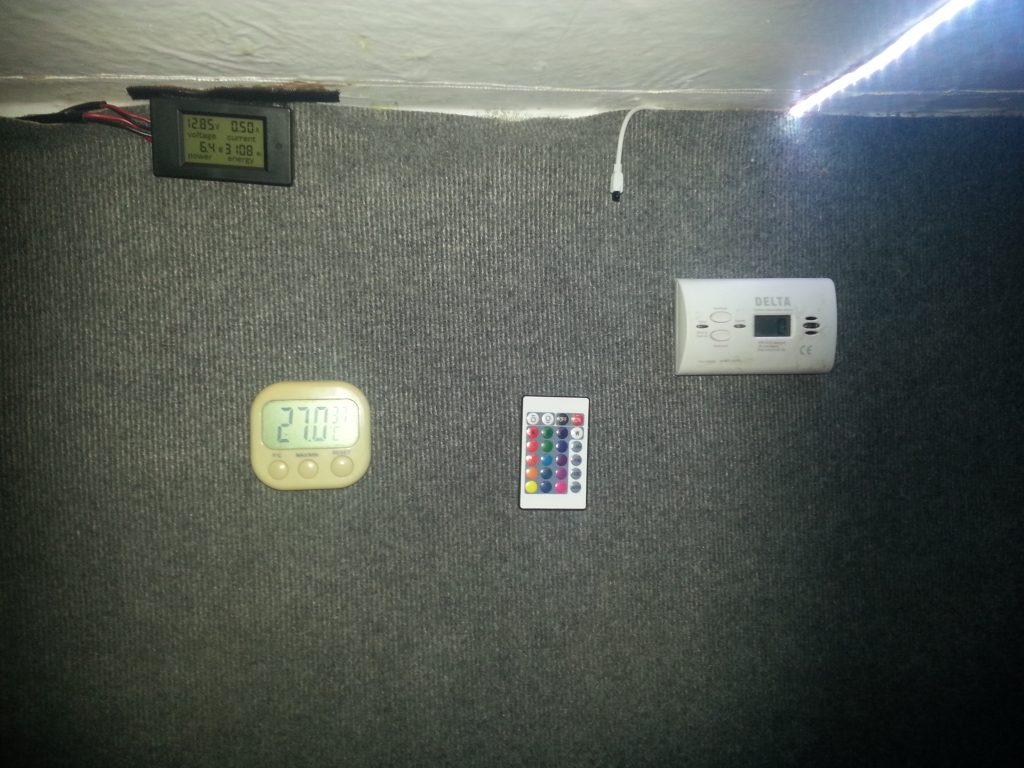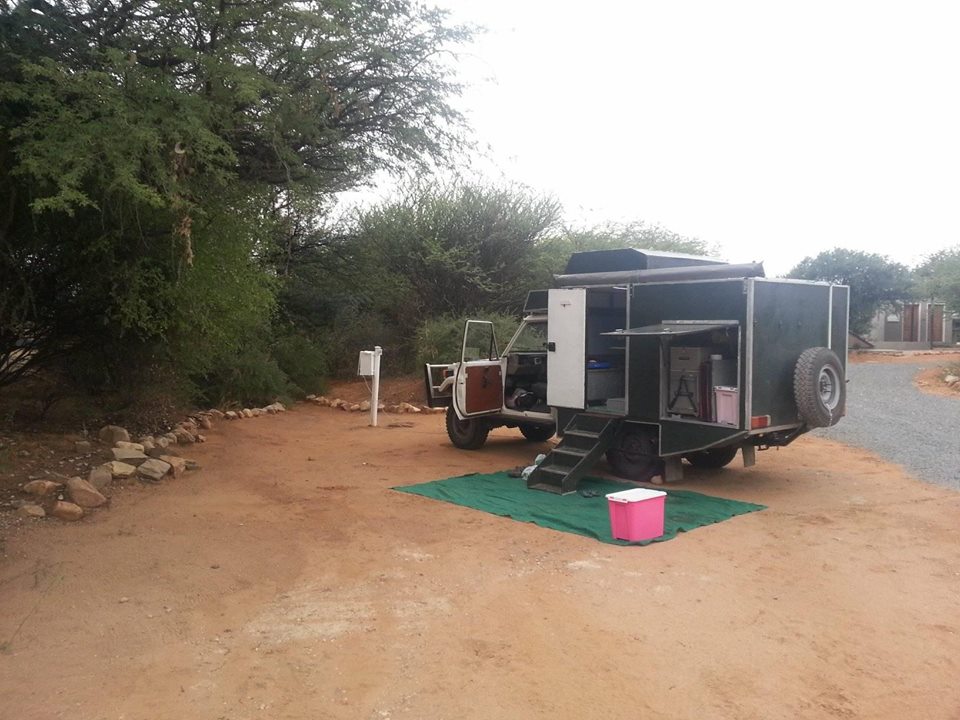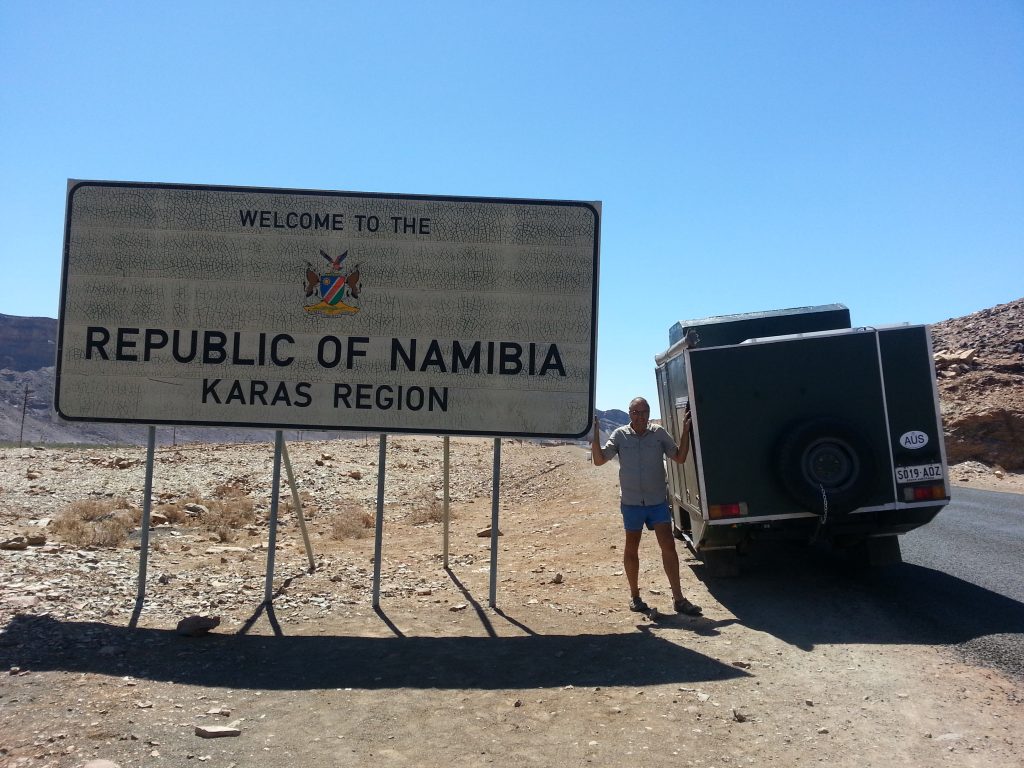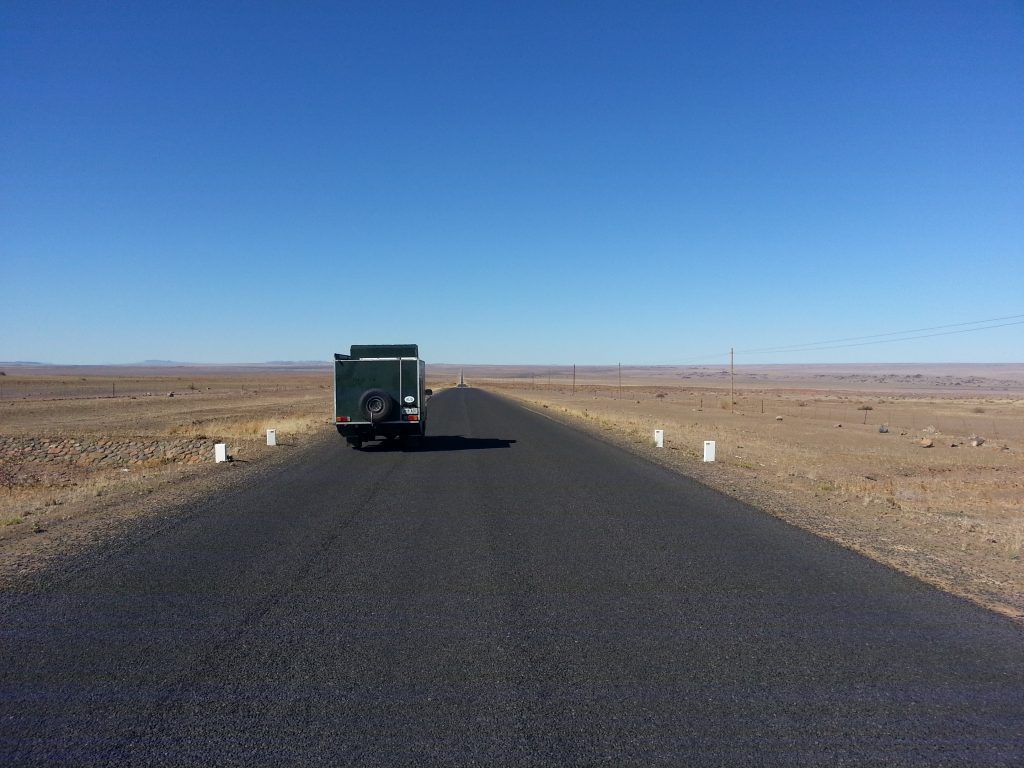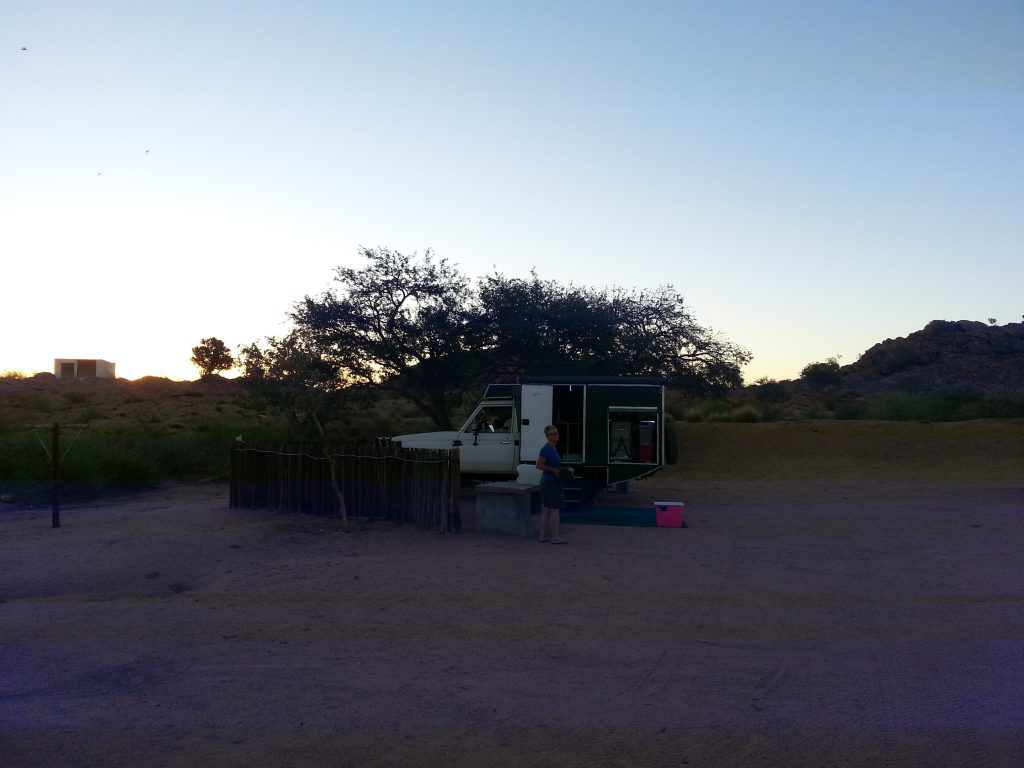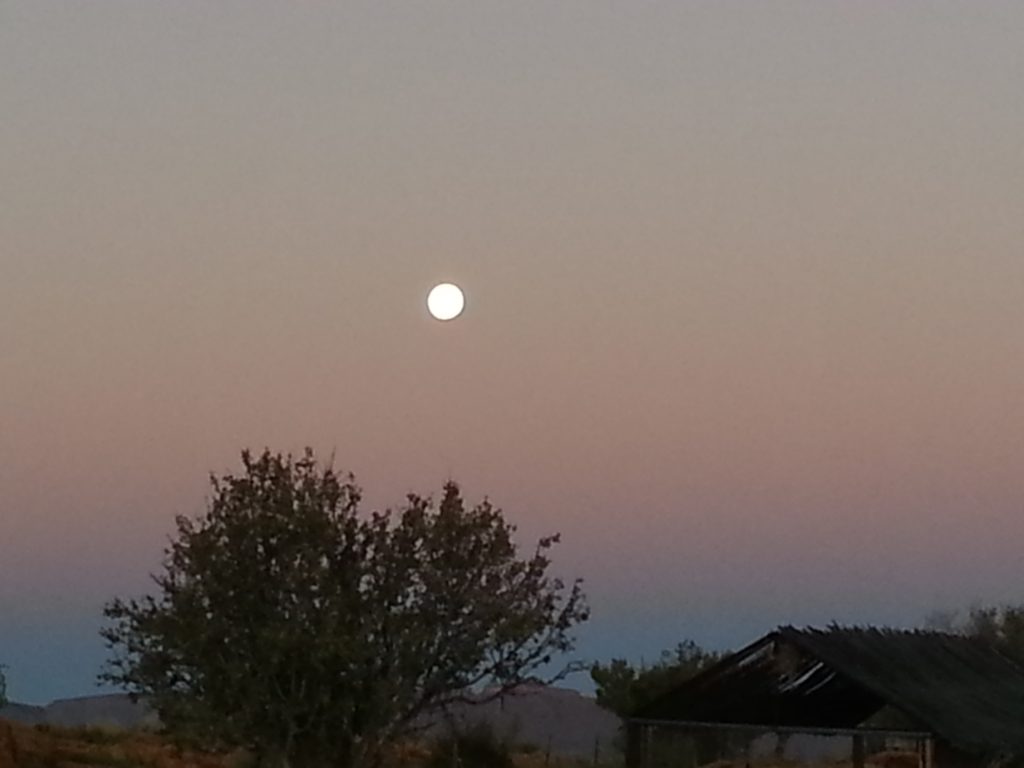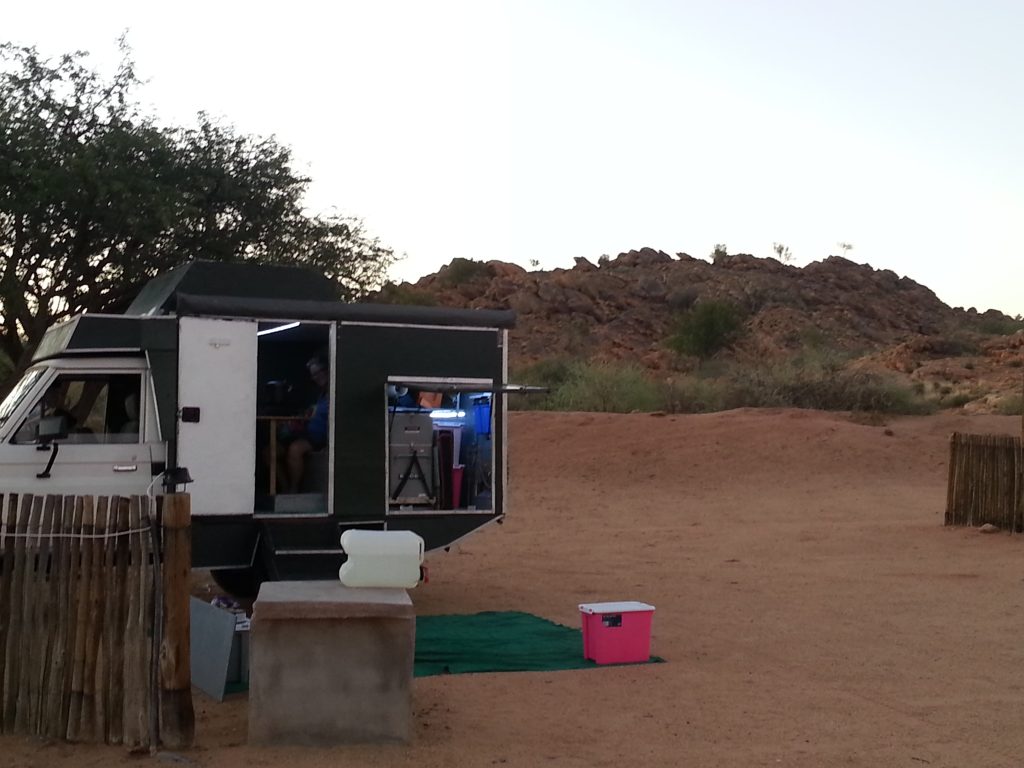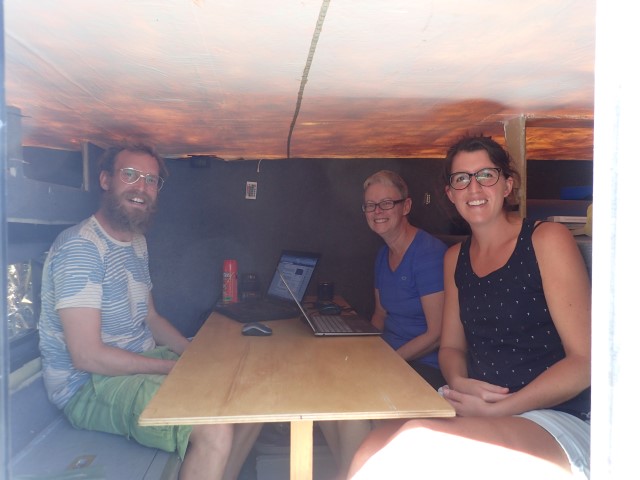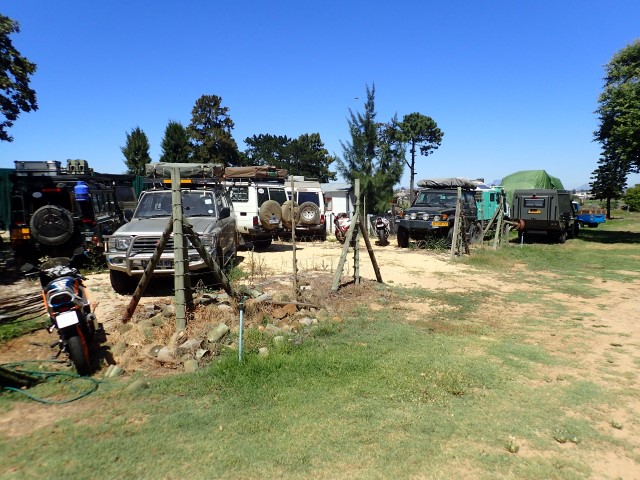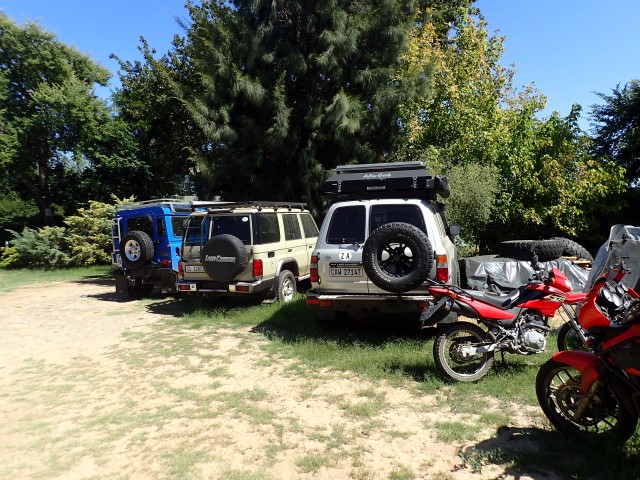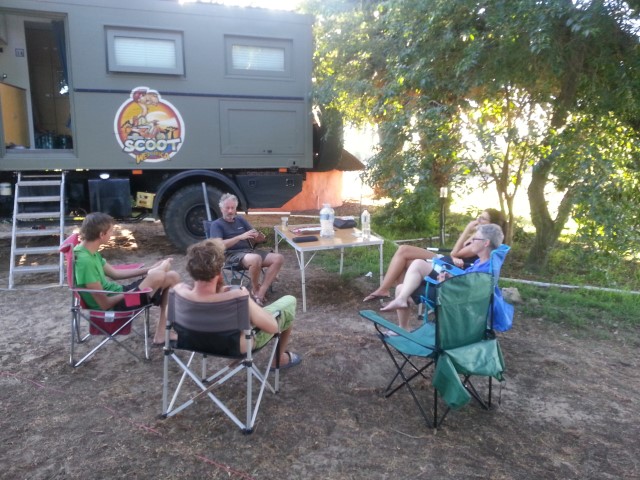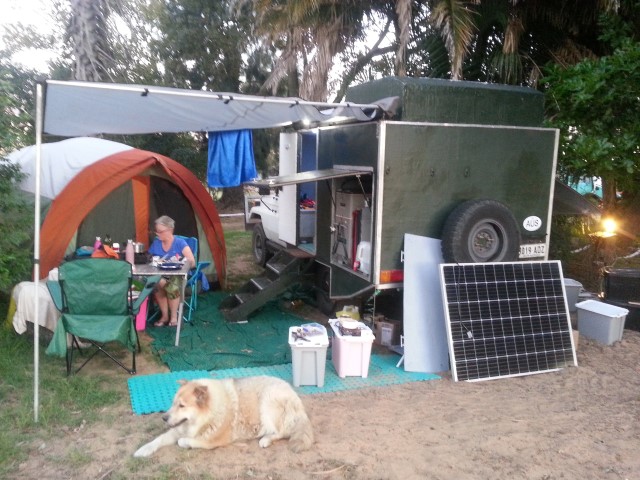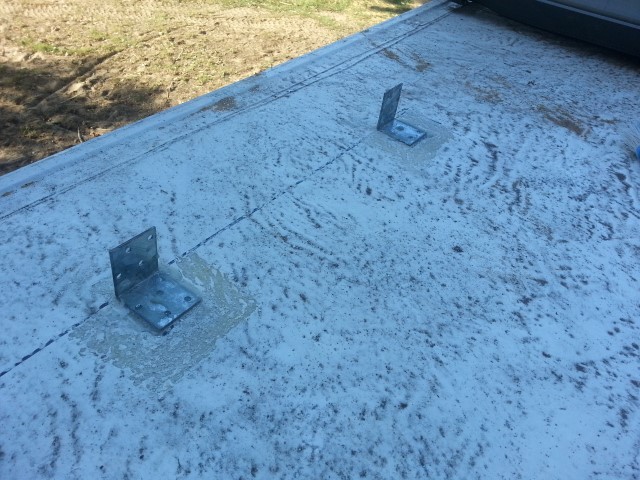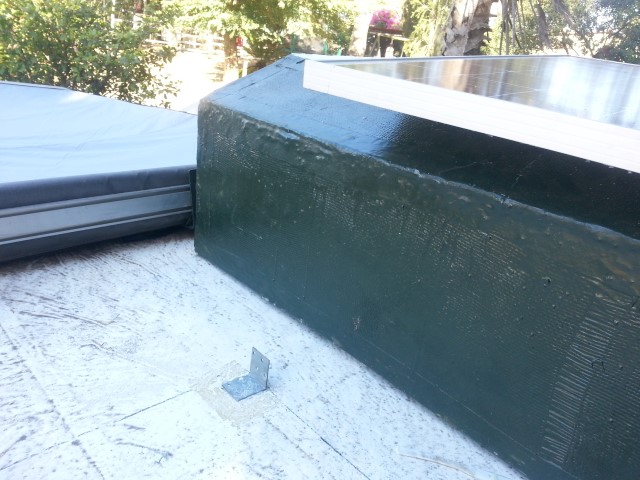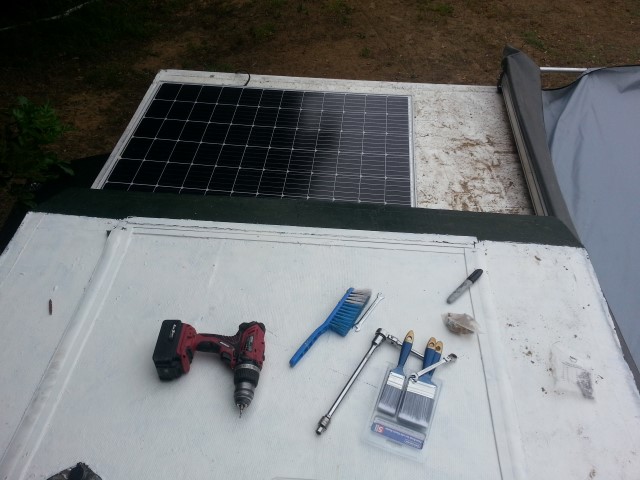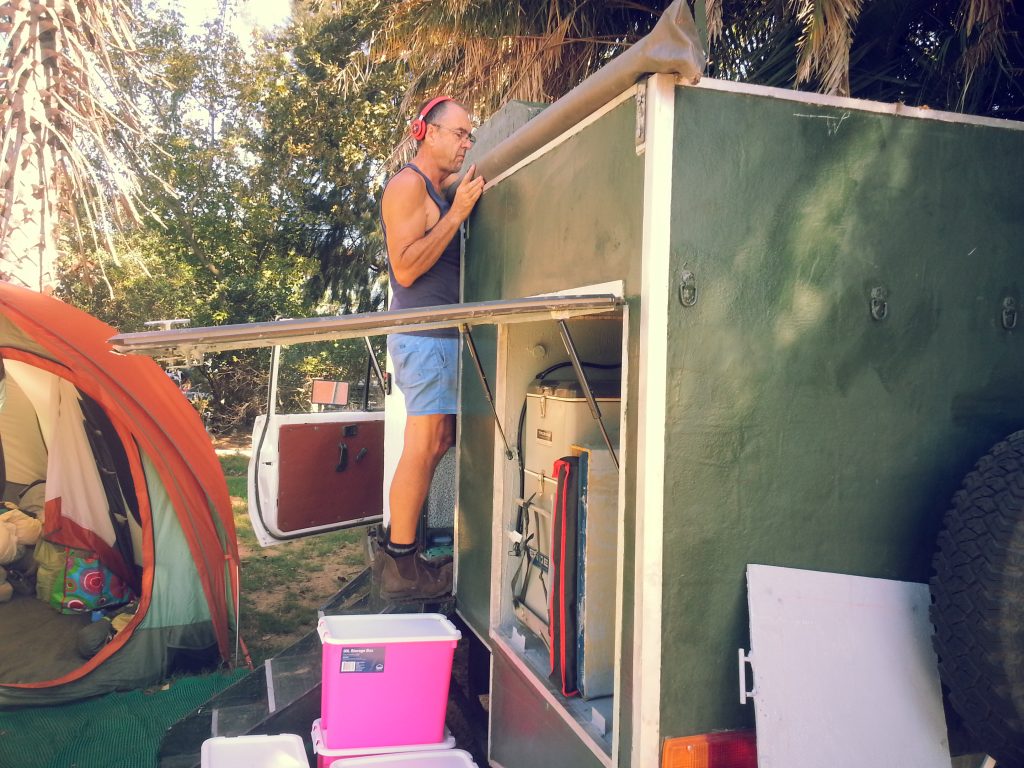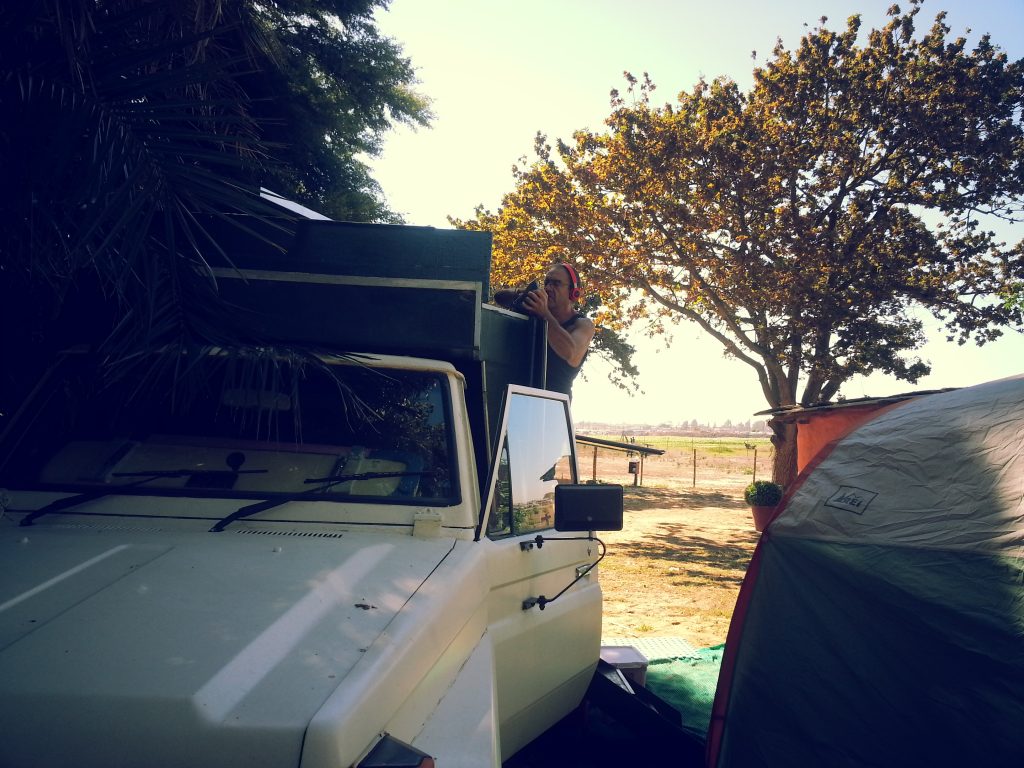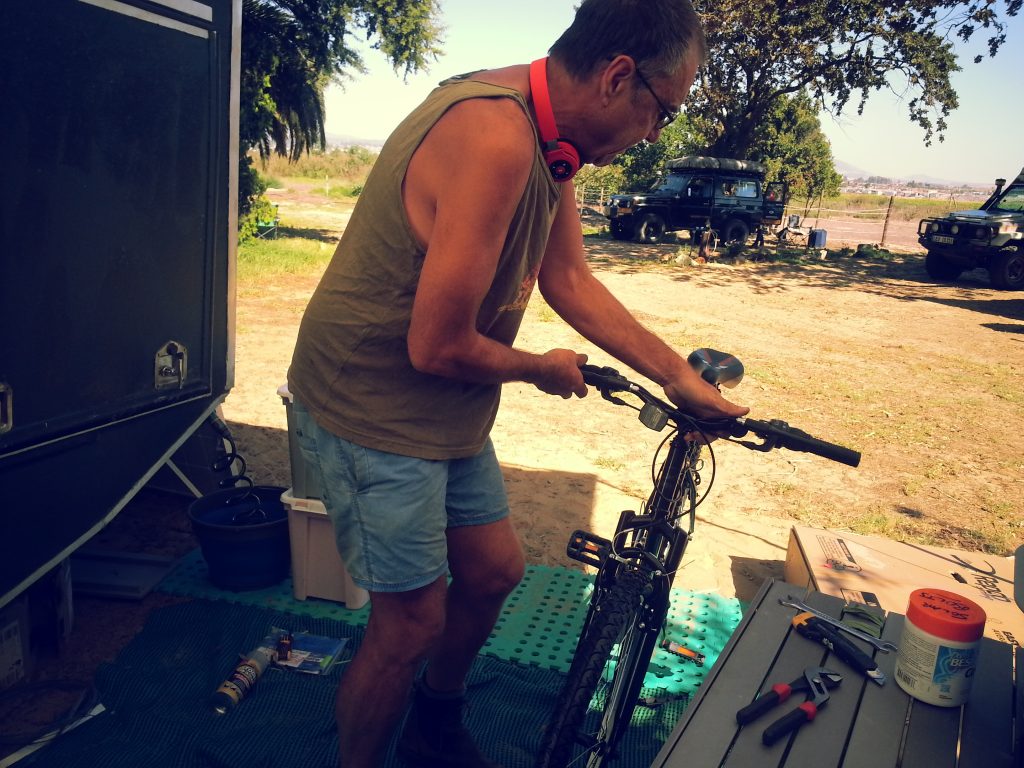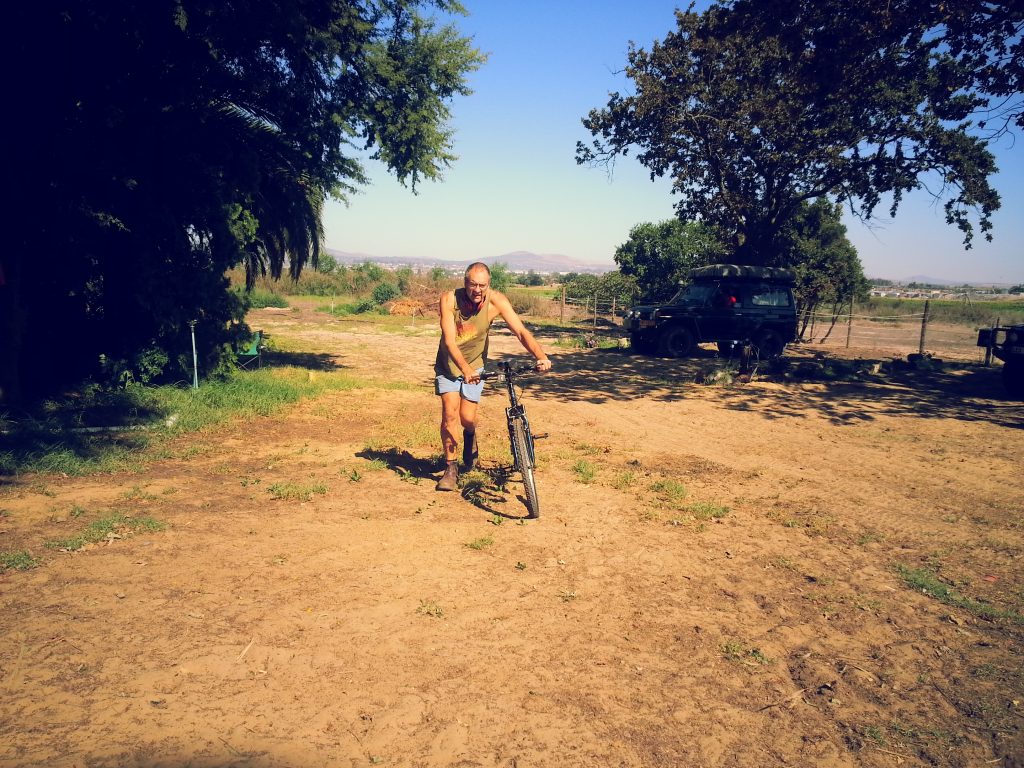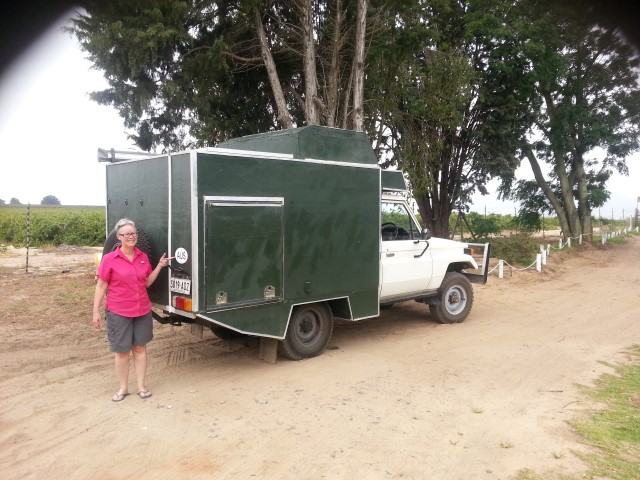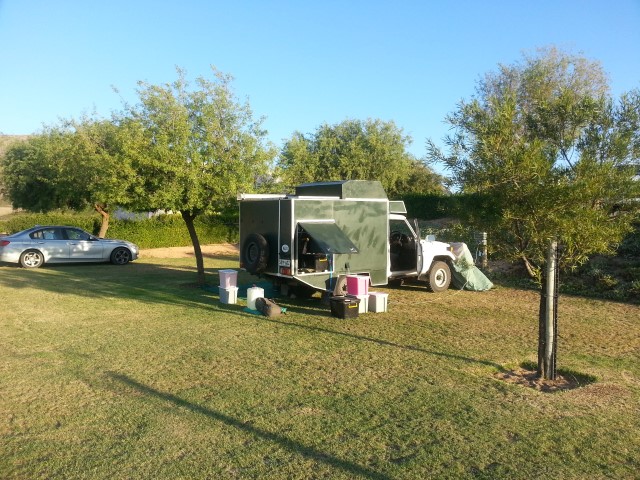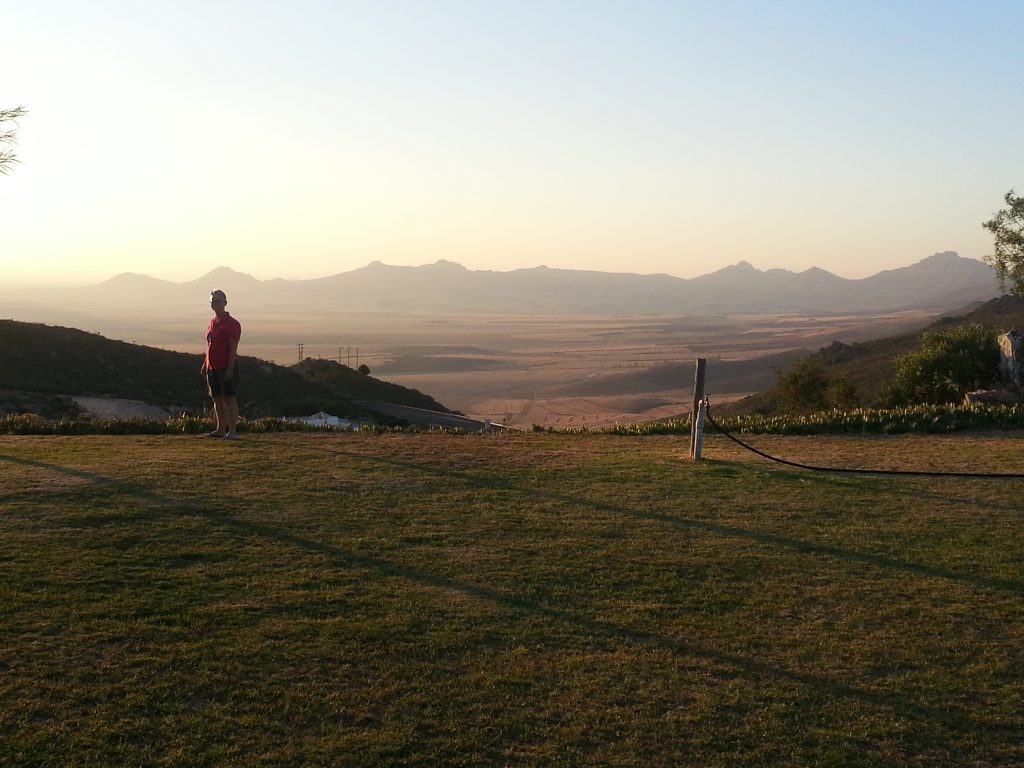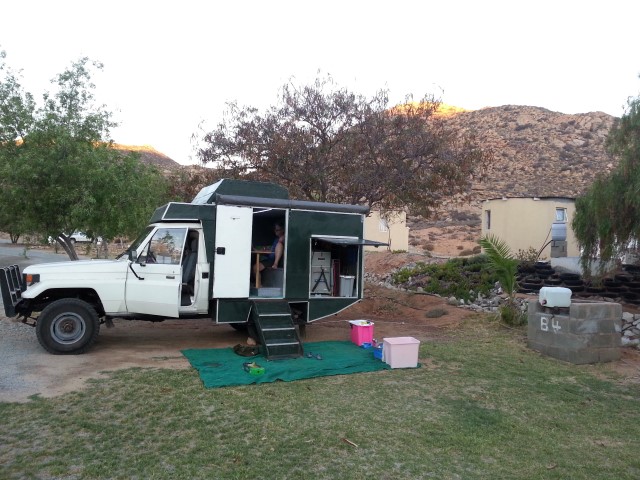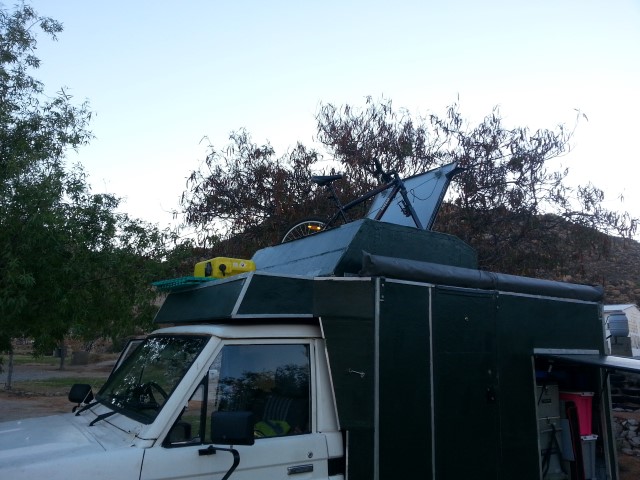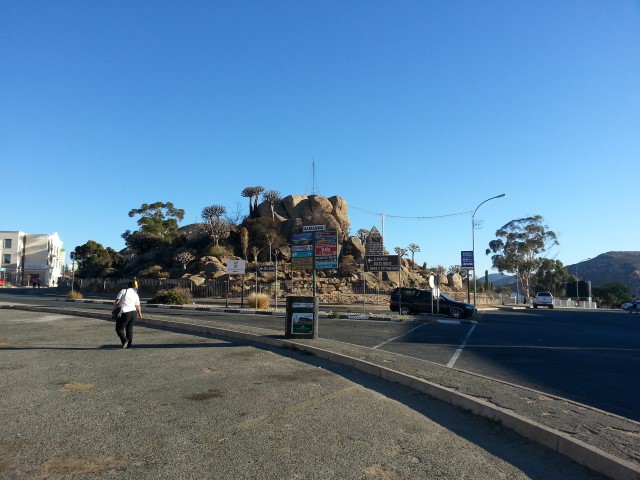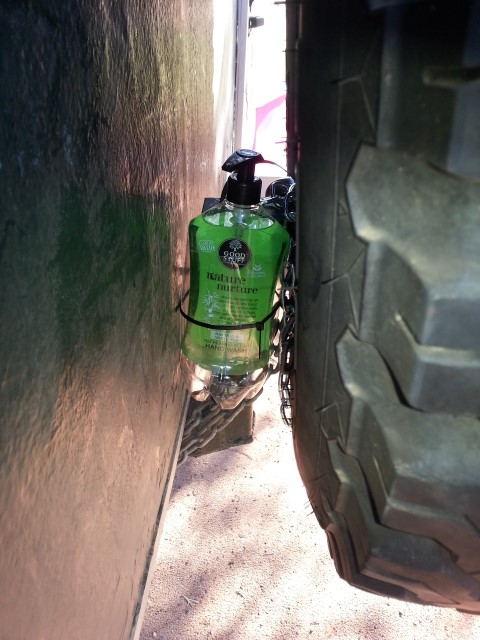This post is dedicated to our young French friend Joffrey, who explained to us what ‘gasosa’ means here. Estamos juntos – I wish I’d remembered to say that to the nice policemen last night and this morning!
The Portuguese word ‘gasosa‘ means soft drink. The Angolan meaning has been slightly twisted, and here it means paying a small bribe to a local cop. We have been stopped at a lot of local police checkpoints, up to 4 per day sometimes, but haven’t ever actually been asked for a gasosa. For the last couple of days, whenever we’re stopped and the police realise we’re touristas tourists, they wave us on.
We’re heading east to Huamba, 2nd largest city in Angola. It’s been a bit trickier finding places to camp, and iOverlander has been a bit light on with suggestions. This area has a lot more agriculture, villages and people than we’ve been used to in the south.
Last night we found a spot seemed to be okay – down a side street behind an abandoned factory in a village 30kms north of Huambo. We did the usual thing, set up camp, cooked dinner and had just decided that we’re going to head south to Namibia, not do a side trip to Cuito Cuanavale, site of the bloodiest battles of the Angolan civil war. We don’t really have time and it’s still heavily landmined. I think I heard that collective sigh of relief from our parents when they read that.
We heard voices outside the camper and after sitting for a minute or so hoping they would just go away, Greg opened the door to 3 policemen! We introduced ourselves, emphasising that we’re tourists and that we love Angola. One of the cops asked if we had any weapons (what?! us?! of course not!), then insisted on looking in our under-seat storage boxes. The commandant told us to take down our shade and to get packed up. Every time I smiled at the 3rd cop, he smiled back, so I was hopeful that we weren’t in too much trouble. No one ever asked to see our passports or any paperwork, and as we’ve mentioned before, Africans love paperwork.
So, we’re all packed up, sort of. Actually, we had just thrown everything into the camper and figured we’d sort it out later. And suddenly there’s another guy there, a civilian. Then the commandant indicated that we had to take the 4 of them with us to … somewhere. We made space for 3 along one bench and left the door open at their request. The commandant and I sat in the front with Greg and we drove back out to the main road and parked near a single-room police ‘station’. We realised that the 3 cops who had visited us had all walked down to us from their station in the dark.
We waited there for a while with the commandant, who spent most of the time on the phone. The civilian went into the office with the 2 other cops and eventually a young man came out to talk to us in English. He explained that we weren’t in trouble, but that the whole area fasenda was owned by someone and they had complained about us being on his property. He said something about the area not being safe, which Greg and I interpreted differently – I thought he meant that we were unsafe there because of I’m-not-sure-what. Greg thought he meant that it was not okay for us to camp anywhere in the area because of the owner’s feelings about the matter.
And then the commandant indicated that he, Greg and I were going to drive somewhere else, following the other 2 cops who were on a moto motorbike. I hopped in the camper with the door closed, we drove about 5kms down the road towards Huamba and parked in the grounds of a larger police station, where there were at least 6 cops sitting, standing and chatting. The commandant indicated that we should get our shade out, meaning that we could camp there for the night. Still no requests for passports or any paperwork. As soon as we got the shade up, with the commandant’s help, I got out our stash of cans of Coke Zero and Savannah cider and presented them to him and indicted they were for everyone to share. His face lit up, we thanked each other profusely, shook hands and that was that. The nice policemen enjoyed their beverages, we got set up for the night and after a while the commandant walked out of the compound, presumably to walk back to his own station.
This morning we just got packed up, got the 4 on-duty cops to stand with me by Clancy so we could get a photo and headed off on our way.
At all times, all the police we interacted with were polite and professional, and there was never any suggestion of a ‘gasosa’. We did see the irony of handing over a dozen or so cans of soft drink and alcohol, but were happy to do so, and they were happy to have them.
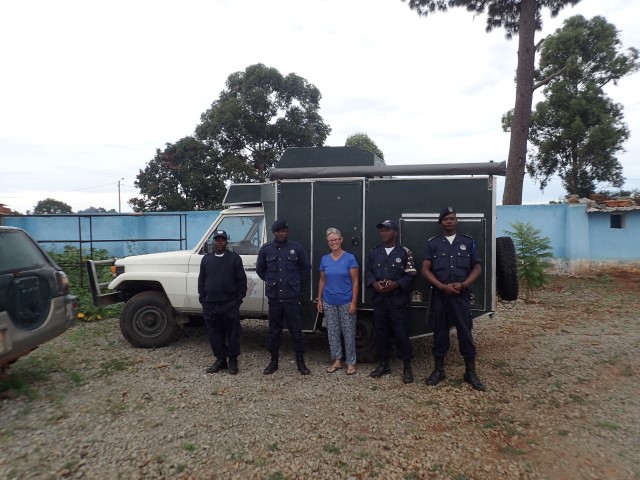
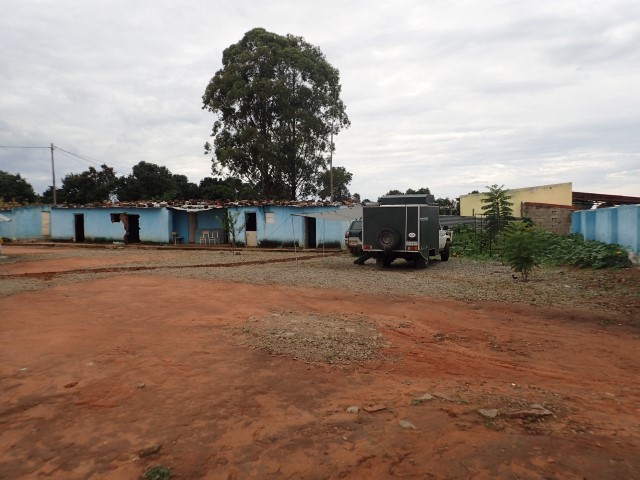
Police stop number 4 yesterday

